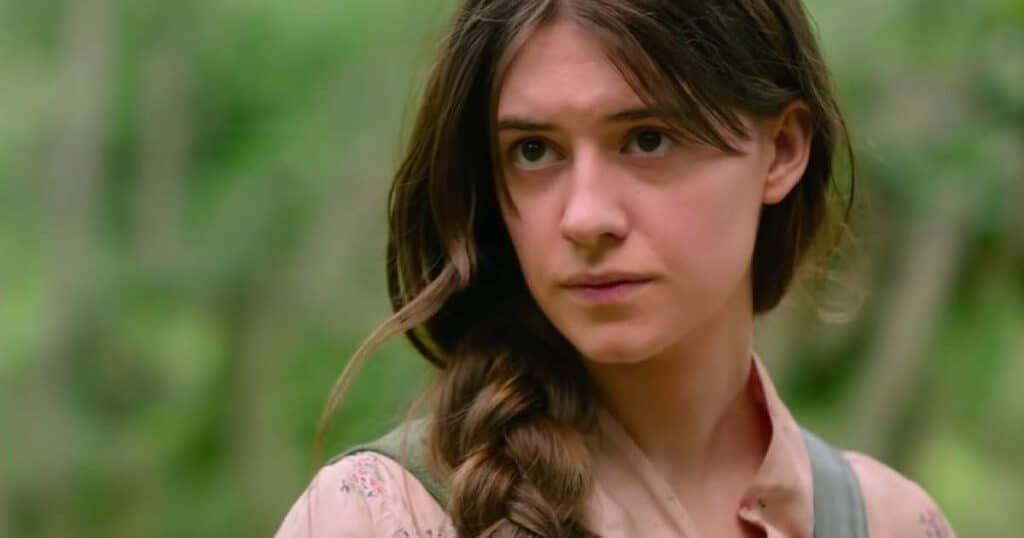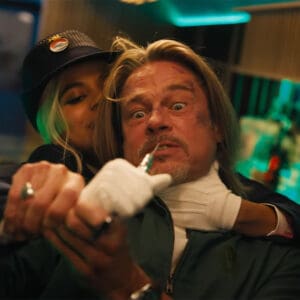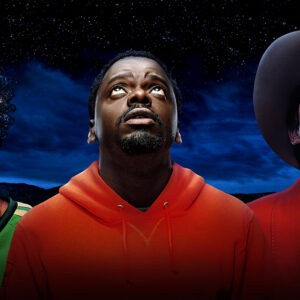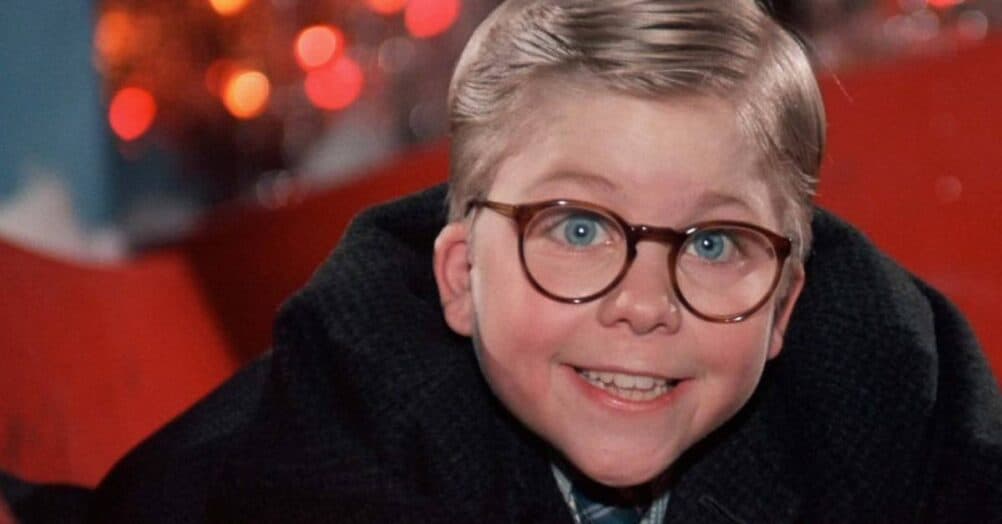PLOT: Kya (Daisy Edgar-Jones) is a young woman who, after being abandoned by her family, has raised herself in a North Carolina marsh. She’s despised by most of her town, with them calling her “the Marsh Girl,” and when the town playboy, Chase (Harris Dickinson), is killed mysteriously, they’re quick to accuse her of murder. On trial for her life, her only hope is a quasi-retired lawyer (David Strathairn) convinced of her innocence, even if nobody else is.
REVIEW: I must admit to being completely ignorant about the Where the Crawdads Sing phenomenon. Written by Delia Owens, the book was a massive best-seller, with over 12 million copies sold. It sold more copies than The Help, The Exorcist and Bridget Jones’s Diary. All those films became massive blockbusters, but will Where the Crawdads Sing be a similar box office phenomenon?
I guess the best thing about not having read the book is that I was able to judge Where the Crawdads Sing on its merits as a film, and I have to say – I was not impressed. This treacly escapism plays like a Hallmark movie with a bigger budget. It has a solid lead performance by Daisy Edgar-Jones, as well as a solid character turn for the always reliable David Strathairn, but this is so old-fashioned it feels like an antique (it’s set in 1970, but feels like it should’ve been set in 1870).

For one thing, the characterization of Kya, “The Marsh Girl,” is ridiculous. She’s supposed to have been on her own, in the marsh, since she was six. She can’t read or write and has to survive on selling muscles to the kindly African-American couple that owns the local store but seemingly has access to make-up, a lovely wardrobe, and a top-shelf stylist. She’s a poised knock-out, but everyone in the town treats her like she’s a freak, despite being perfectly normal and even a touch conservative. When I heard this was about a girl raising herself in a marsh, I expected her to be like Jodie Foster in Nell, but I guess that doesn’t sell books or tickets.
Edgar-Jones does the best she can with a ridiculous part. Normal People and Fresh both established her as a star in the making and were it not for her performance, the movie would be even more forgettable than it is. She’s not helped by the two actors playing her love interests, written as one-note “good” and “bad” types. Taylor John Smith is the “good” boy, Tate, who teaches Kya to read but ditches her to go to college. When he returns, she’s taken up with the “bad” boy, Harris Dickinson’s Chase, a cad who deflowers her in a cheap motel and quickly turns abusive. Dickinson, at least, has a few moments that suggest he’s a bit more than a one-note monster, but this aspect of his persona is dropped as the film goes on, with him emerging as a psychopath bent on raping and beating our heroine.

The whole film revolves around the mystery of who killed Chase, but here’s the thing – you won’t care. Maybe Kya did, or perhaps she didn’t. I can’t see anyone being on the edge of their seat by the time the truth is revealed. If you read the book, perhaps there’s some magic that the film couldn’t convey, but by the time the Taylor Swift theme song plays over the end credits, I didn’t note anyone at the (packed) preview screening wiping their eyes or sobbing. By contrast, when I saw The Notebook and even The Help at a similar screening, people were BAWLING. That doesn’t bode well for the movie’s box office.
I’ll give the movie this – at least it looks nice. The cinematography by Polly Morgan, who’s done some really interesting work in the past (she shot the series Legion and Lucy in the Sky), is picturesque and makes the film look more lavish than it probably was. There’s some dodgy CGI, but she covers it up with a soothing color palette that was pleasing. That’s mild praise, but it’s about the only thing I liked about this movie besides aspects of Edgar-Jones’s performance. This is for hardcore devotees of the book and not anyone else.





















Follow the JOBLO MOVIE NETWORK
Follow us on YOUTUBE
Follow ARROW IN THE HEAD
Follow AITH on YOUTUBE